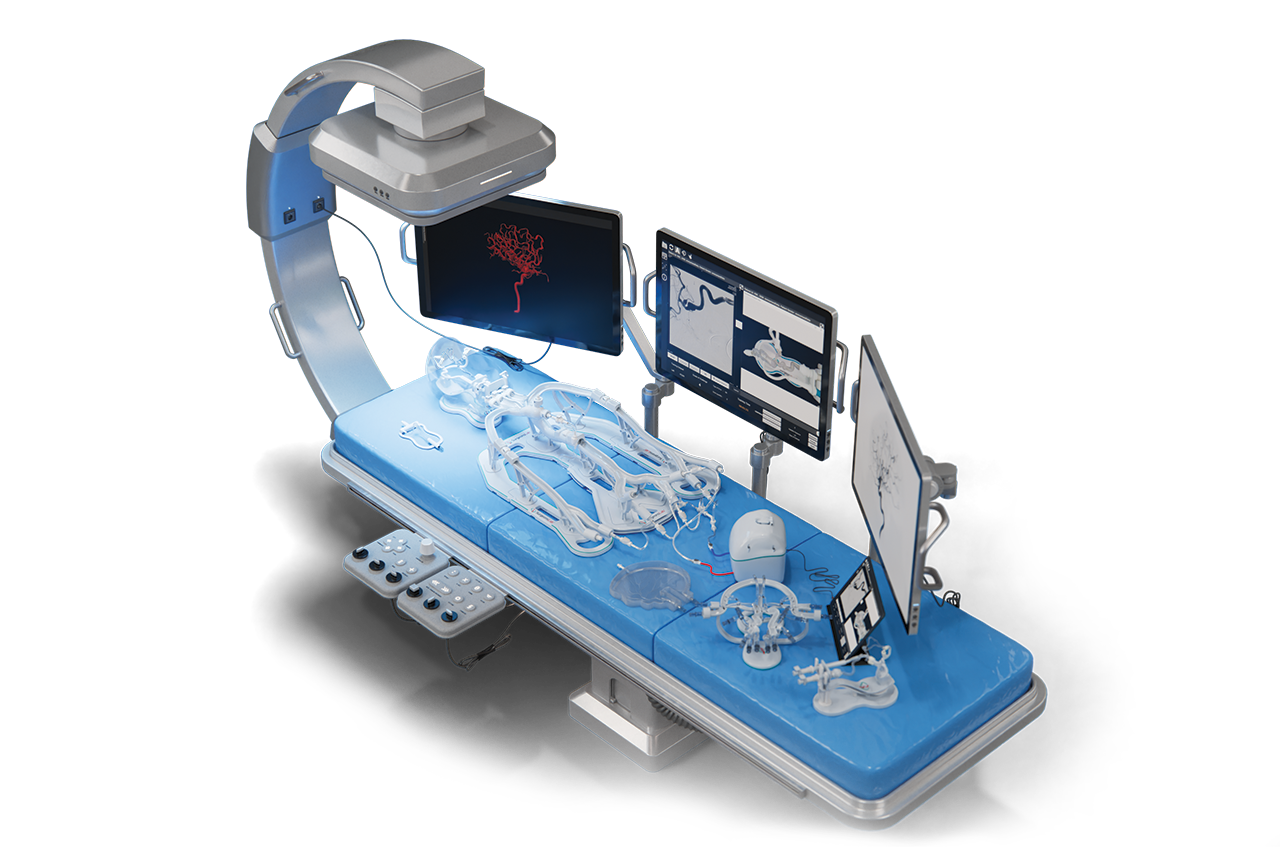Pre-op Planning
DICOM to physical 3D model in hours at your door step
- Ultra-fast conversion into a precise anatomical model.
- Seamless transformation from DICOM data to a physical 3D model.
- Realistic vascular model for interventional simulation.
- Universal express shipping.
































